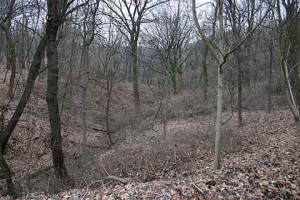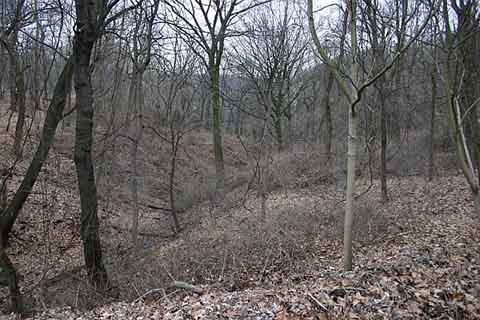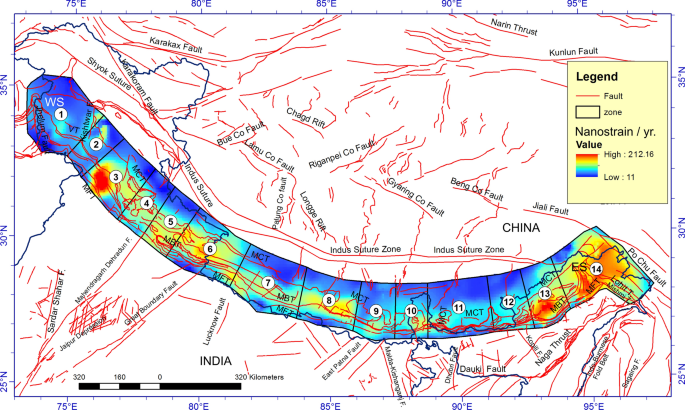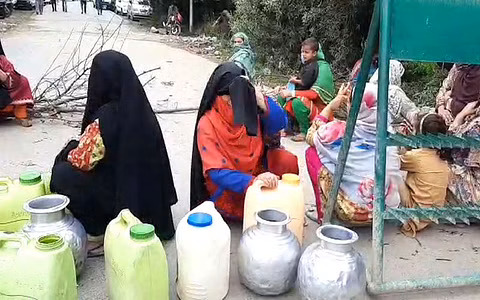 Global warming coupled with overexploitation of resources is impacting Kashmir’s weather pattern and snowfall timings, an official report has said, blaming “unplanned urbanization, encroachment of wetlands and rapid deforestation” for these alterations.
Global warming coupled with overexploitation of resources is impacting Kashmir’s weather pattern and snowfall timings, an official report has said, blaming “unplanned urbanization, encroachment of wetlands and rapid deforestation” for these alterations.The official report titled ‘State Action Plan on Climate Change’ mentions that Kashmir Valley is recording “unusual shift in snowfall timings” as the summer capital (Srinagar) is witnessing less snowfall in December and January—ideally considered as peak winter months with temperature dipping below freezing point.
However for the past couple of years, these months have witnessed less or no snowfall in Srinagar, the report reads. “Kashmir is witnessing shift in snowfall timing (e.g. February and March months receive heavy snowfall whereas December and January, the usual snow time, receive less snowfall.”
The temperature in Kashmir during winters, as per official figures, now happens to be above average weather temperature, with the Valley recording lesser snowfall even in hilly areas.
The report states that the amount of snowfall has reduced drastically over the years which is likely to hit hydropower production and horticulture badly in the Himalayan state.
“Further, quantity of snowfall has reduced (reported 0.60-m of snow today as compared to 3-m 40 years back in Fakir Gujri),” the report states, and further reveals that the loss in extent of glaciers is reported to be 17.8 sq.km between 1911 and 2001.
It has cited reported retreats in Kolhai glacier from 112 sq.km to 94 sq.km between 1911 and 2004.
“Large glaciers are fragmented and small ones have diminished e.g. more or less disappearance of Nijwan Akal glacier in Sindh valley, change in maximum and minimum rainfall in Kashmir valley (minimum has fallen from 181 mm to 84 mm and maximum from 65.89 mm to 21.7 mm between 1901 to 1994), and extent of wetlands has also decreased between 1911 & 2004,” the report states.
Horticultural crops like apple are also showing decline in production due to decline in precipitation, it reads.
The report states that according to Indian Meteorological Department, there is increase in average temperature in Jammu and Kashmir.
“Kashmir valley has shown rise of 1.45 degree Celsius and Jammu region has shown a rise of 2.32 degree Celsius over last two decades. Maximum temperature has increased by 0.5 degree per-year in Kashmir valley. In Jammu region, maximum temperature has risen by 0.08 degree Celsius per year.”
As per UNEP and ICIMOD, the temperature in Himalayan region has risen by 1-degree Celsius since 1970s. This has caused meltdown of snow and glaciers at rate of 15 m/year even in winter.
“As a consequence, the water availability is reduced. Further, changes in the rainfall pattern and relative humidity add to weather inconsistencies which exist at the time of plantation and harvesting,” it reads.
Talking to us, Nodal Officer of the Climate Change Cell, Mutaharra A W Deva said the main reason for less snowfall in Kashmir is climate change and global warming.
“Srinagar is witnessing increase in temperature during winters which is a cause of concern,” she said. “The urbanization and exploitation of resources is the major reason for the current situation.”
“Unplanned urbanization, encroachments of wetlands and rapid deforestation has worsened the situation,” she said. “Kashmir has lesser land holding in comparison to other parts India.”
“Our land holding is only 0.6 per hectare per person which is lowest and there is need to plan our development in a way that it does not create imbalance in ecology,” she suggested.
Experts believe that the changing weather pattern will have far-reaching consequences on Kashmir. “Other places have man-made dams whereas we have glaciers and accumulated snow that release water when it is needed for agriculture and drinking purposes particularly in summers,” they said. “Now the increasing winter temperature melts these glaciers and prevents accumulation of snow and it has the potential to spell a disaster for water availability during summers.”
Head of the Earth Sciences department at Kashmir University, Prof. ShakeelRomshoo, said it is a fact that Kashmir is witnessing shift in timing of snowfall and average temperature has also increased.
“There is a data available which clears show there has been increase in average temperature in Kashmir, and this year Srinagar didn’t witness any snow during Chilai-Kalan (the harshest 40-day winter period),” he said. ‘It clearly points out the change in weather pattern.”
He blamed global warming and climate change for shift in precipitation timing in Kashmir.






